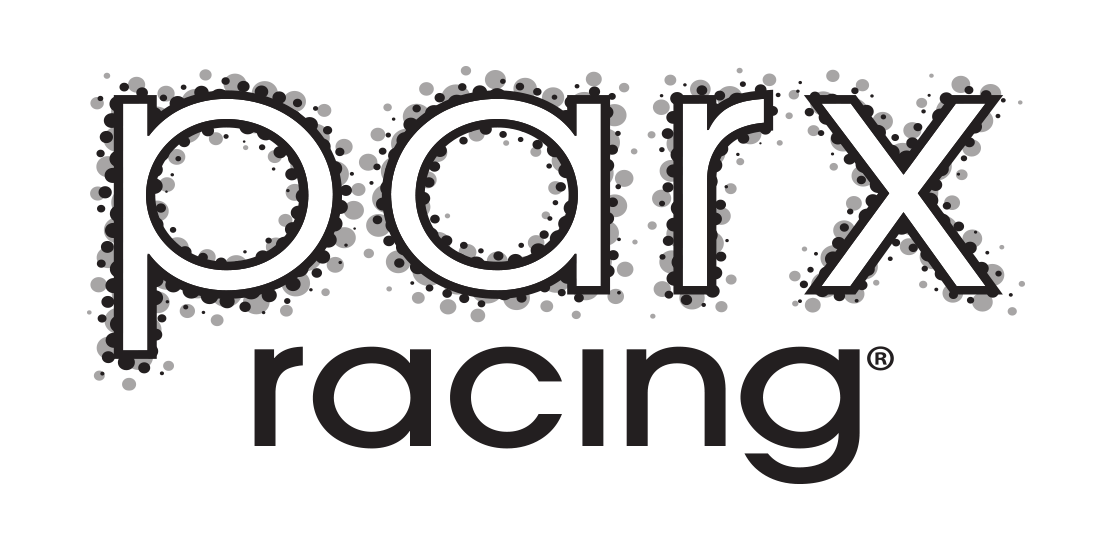After ringing in the New Year, racehorse breeders and equine enthusiasts have another exciting celebration ahead: foaling season.
In years past, the Pennsylvania Horse Racing Association (PHRA) invited animal lovers near and far to tune into our live Foal Cams, which zoom in on life inside the barns of some of our pregnant mares.
But, before the Foal Cams go live at Whysper Wynd Farm on January 24 and Delaware Valley University later in the foaling season, we’re breaking down what to expect when the mares are expecting.
Horse Pregnancy FAQs
While you may already be familiar with some foaling season facts, let’s address a few FAQs to bring you up to speed into horse breeding in Pennsylvania.
How Long Are Horses Pregnant?
Horses generally have longer gestation periods than humans — the average horse pregnancy lasts anywhere between 320 to 380 days (10 ½ to 12 ½ months)1.
Most foals are birthed around day 330 (or the end of month 11).
A few other important dates during horse gestation are:
- Day 6 – Horse eggs are fertilized in the fallopian tubes, and they remain there until about Day 6. This is when they begin their descent into the uterus.
- Day 17 – Day 17 is critical for horse pregnancy. Around this day, the embryo will attach to the mare’s uterus. Throughout Days 7 and 16, the embryo must touch all portions of the uterus in order for the mare’s body to recognize the pregnancy and respond accordingly.
- Days 26 to 30 – Between Days 26 and 30, equine veterinarians confirm the fetal heartbeat.
- Day 60 – While it’s not required, breeders can ask their vets to confirm the sex of the fetus between Days 60 and 70 (or between Days 110 and 140).
How Big Are Newborn Foals?
The average newborn foal weighs about 100 pounds, and most newborn foals typically weigh about 10% of their mothers’ body weights2.
Numerous factors can impact foal size, according to veterinary researchers:
- Foal sizes can vary by horse breed. For instance, draft horse foals typically weigh 7% of their mares’ body weights, Thoroughbreds 10% and Shetland ponies 13%.
- Mares typically produce their largest foals between seven and 11 years of age.
- Larger-than-average mares generally birth larger-than-average foals.
- Mares’ first foals are generally their smallest; if they produce more foals, these are usually larger than their first.
How Many Foals Can a Mare Have at One Time?
While mares and sires can conceive twins, twin pregnancies aren’t usually viable. Twin births are typically dangerous for both mares and foals, but successful twin births aren’t impossible.3
However, since more than 90% of twin horse pregnancies aren’t viable, breeders take special care to check for twins early in pregnancy and ensure that only one fetus will continue to develop in the womb.
If veterinarians don’t detect a second fetus early in a mare’s pregnancy (usually on Day 15 or 16), they may not find out that a mare is birthing twins until labor begins. Mares birthing twins generally begin making milk early, and they will typically birth prematurely.
When Do Mares Give Birth?
There’s a common saying in foaling: “The fetus determines the day of delivery, and the mare determines the hour.”4
Usually, that hour is a late one. Most mares give birth at night. Vets think that mares may give birth at night for two important reasons:
- The morning alarm clock – Foals born at night are typically ready to run with their mares by daylight. Early exercise is critical for foal development, so late-night births may have developed as a survival adaptation.
- Labor is a sweaty process – About an hour before they give birth, mares begin to sweat. Horses may have grown accustomed to night births to prevent overheating.
That said, if you want to tune into our Foal Cams for the big moment, you might be up past your bedtime!
Why Are Foals Born in a Sac?
Foals (like most mammals) are encased in an amniotic sac during gestation — a film that has two important roles during pregnancy:
- It protects the fetus and placenta inside the uterus
- It distributes nutrients to the fetus and placenta during gestation
The amniotic sac typically breaks after the first stage of labor, signaling that the second (and most exciting) stage of birth is about to begin.
Since part of the amniotic sac is (normally) one of the first fetal components to exit the mare’s body — followed closely by the front legs and the head — it can look like the foals born inside the sac.
Do All Race Horses Have the Same Birthday?
For ease of determining horses’ ages (an important consideration for racing), all racehorses share a common birthday: January 1st.
This is why breeders try to have foals as early in the year as possible. Racehorses born on January 1st and December 31st are (for competitive purposes) the same “age.” Foaling early in the year can ensure that foals remain on the young side of their competitive age groups.
Tune into Foal Cams on January 24, 2023
Foaling season is one of the most exciting events of the year for equestrians. This year, you can join in on the fun by tuning into the Pennsylvania Horse Racing Association’s Foal Cams, which go live on January 24th at Whysper Wynd Farm.
Both Whysper Wynd Farm (Chester Springs, PA) and Delaware Valley University (Doylestown, PA) are participating this year, meaning you’ll have two opportunities to delve into breeding education and virtually greet new foals as they take their first breaths (and steps!).
We can’t wait for you to join us for the 2023 foaling season.
1 American Association of Equine Practitioners. Equine Reproduction from Conception to Birth. https://aaep.org/horsehealth/equine-reproduction-conception-birth
2 Kentucky Equine Research. Newborn Foals: Big Babies, But Not the Biggest. https://ker.com/equinews/newborn-foals-big-babies-not-biggest/
3 University of Pennsylvania. Surprise! It’s Twins!. https://www.vet.upenn.edu/about/news-room/bellwether/penn-vet-extra/penn-vet-extra-may-2018/surprise-its-twins
4 American Association of Equine Practitioners. Equine Reproduction from Conception to Birth. https://aaep.org/horsehealth/equine-reproduction-conception-birth











